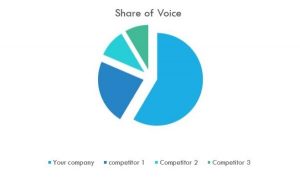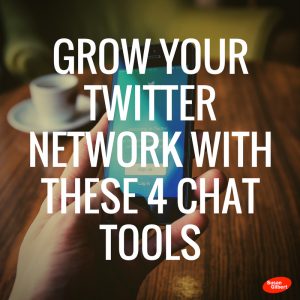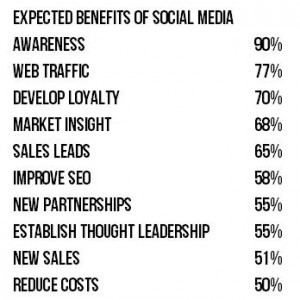Google Connects Search, Home, Assistant Purchases Through Shopping Actions
Under siege from Amazon’s push into search and advertising, Google Monday began rolling out a feature that allows consumers to make purchases through Google search and Google Assistant. The new program — called Shopping Actions — launched Monday, but several retailers have been testing it for months.
Through the Shopping Actions program, retailers pay Google a percentage of each purchase through a pay-per-sale model, rather than when the item serves up in search results. Retailers list their products on Google Search and Google Express shopping services, and Google Assistant.
Google started the new service after seeing an 85% uptick in mobile searches for “where to buy” during the past 2 years, and 44% of voice-activated speaker users who use their device once per week admitting to using the device to order products like groceries and household items.
The Shopping Actions program allows its customers to make purchases through search and the Google Assistant. It uses what the company calls a universal shopping cart that recognizes the consumer — whether they make the purchase on a mobile, a desktop or a Google Home device.
Target, 1-800-flowers.com, and Ulta Beauty and others were early adopters of the service that achieved success, according to the companies.
For instance, during the past six months, Target has seen the size of its guests’ Google Express baskets on average increase by nearly 20%.Ulta Beauty’s average order value on Google Express rose 35% since 2016.
A study conducted with MasterCard among five merchants participating in Shopping Actions shows a customer spent more with that group of merchants in the four-month period following the integration.
The program also will allow retailers to link their loyalty rewards programs to add one-click reordering and personalized recommendations. For instance, if a customer links her loyalty card to purchases at Ultra Beauty and she makes monthly purchases on eye makeup remover, Google will serve up the same brand of eye makeup remover during her searches around the same time each month.
And while Google and Facebook have historically held the bulk of the U.S. digital ad investments from retailers, Amazon and Snapchat are beginning to eat away at their market share.
In 2018, Google and Facebook will collectively take 48% of new expenditures — down from nearly 73% in 2016, according to eMarketer data.
Amazon’s U.S. ad revenue will reach 63.5% — surpassing $2 billion for the first time. The increase gives it a 2.7% share of the U.S. digital ad market.
Snapchat’s U.S. ad revenue will jump 81.7% this year to reach $1 billion for the first time, giving it a 1.0% share of U.S. digital ad spend.
(76)
Report Post




